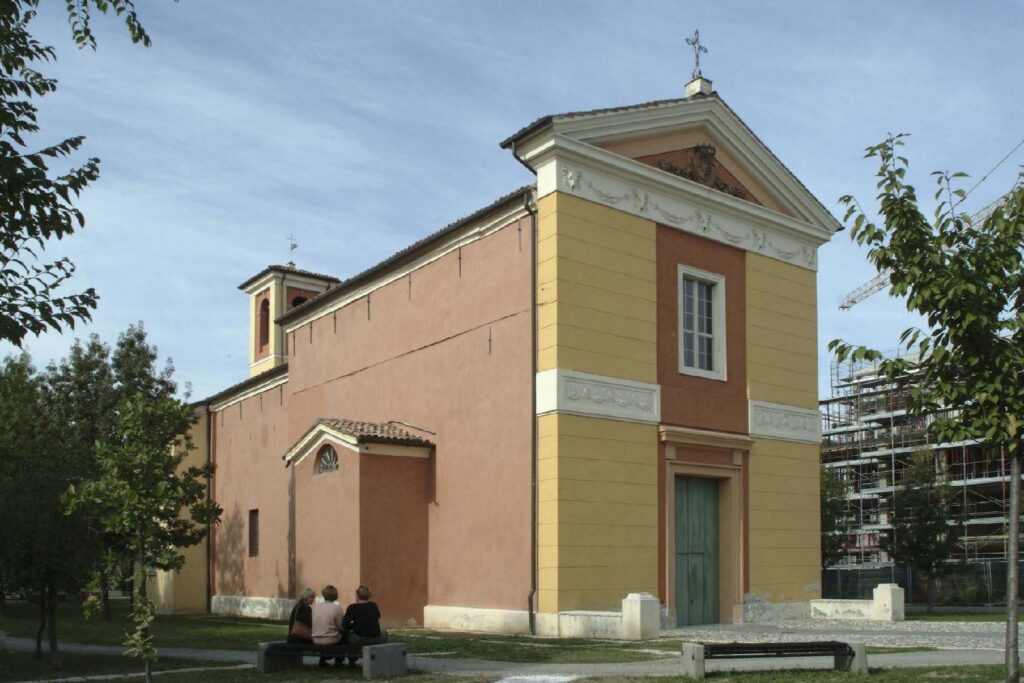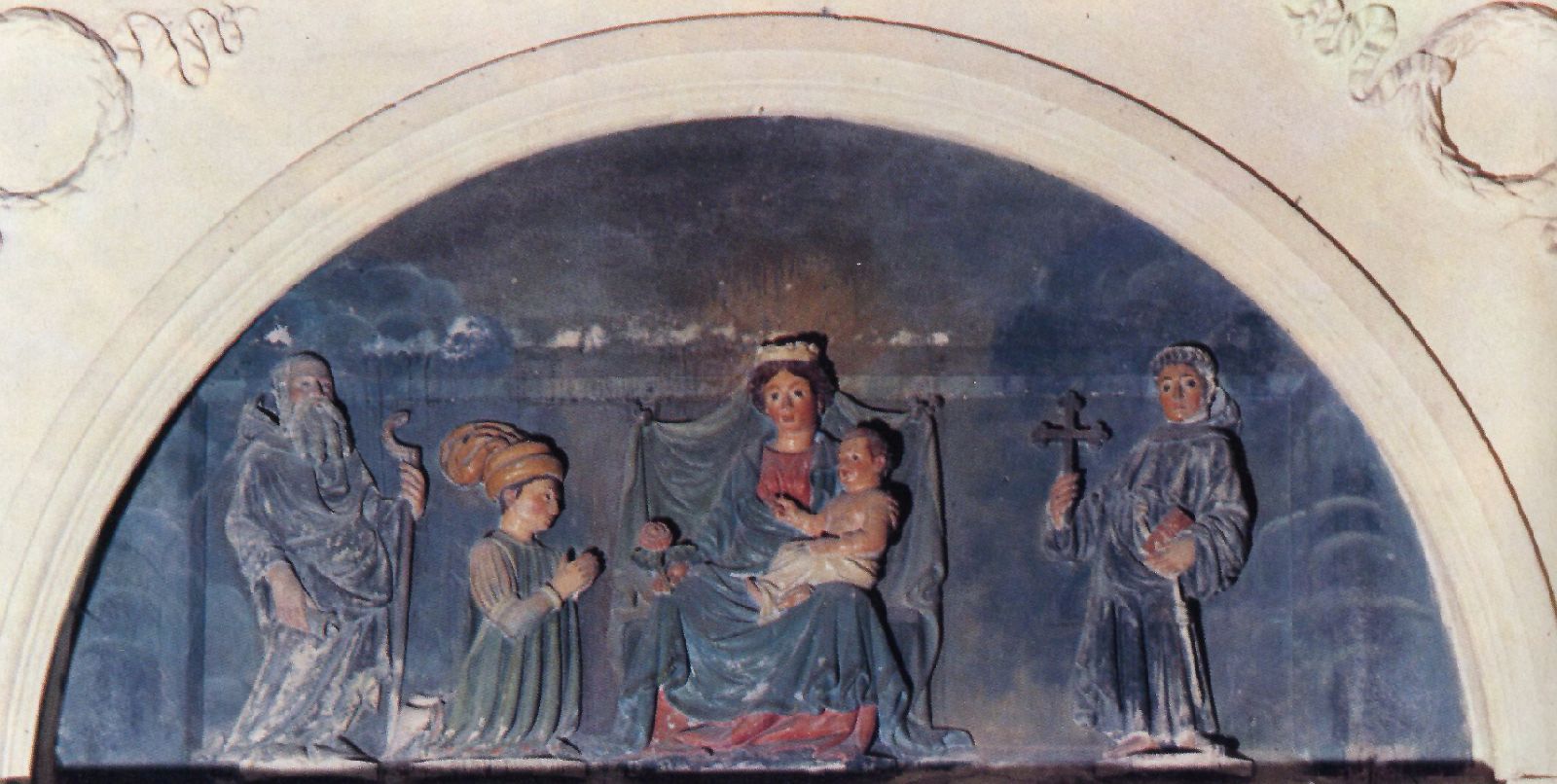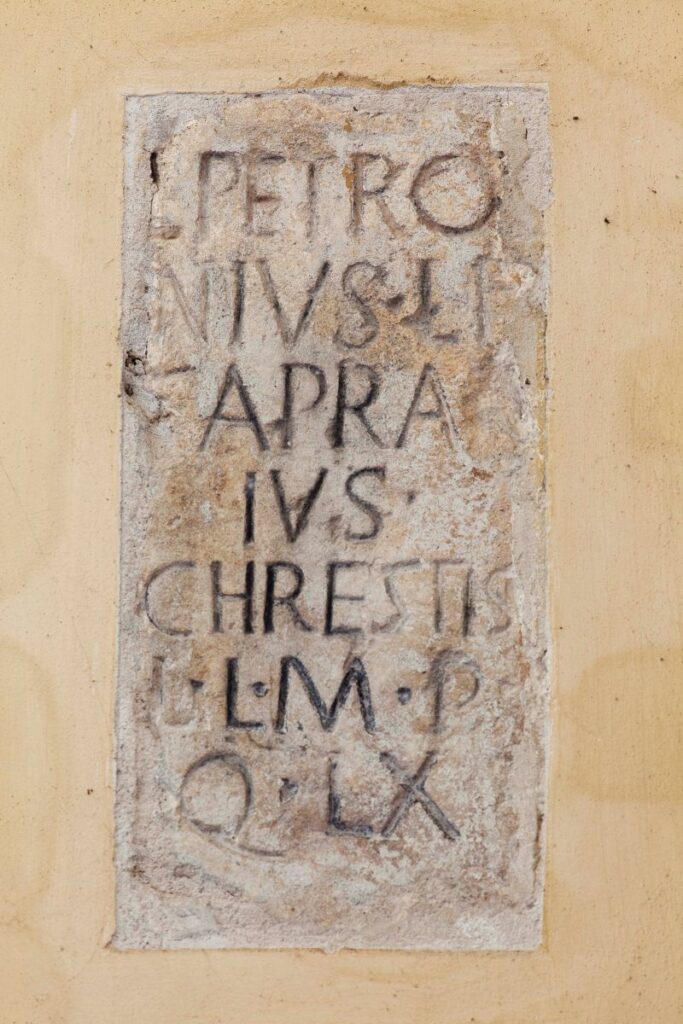Madonna della Rosa
XVII secolo


Solennemente consacrata nel 1626, la chiesa della Madonna della Rosa (così detta per un antico altorilievo effigiante la Vergine) fu fatta erigere dal Principe Siro da Correggio là dove nel XV secolo sorgevano la cappella di Sant’Orsola e l’ospedale di Sant’Antonio Abate, poi inglobati nel monastero del Corpus Domini. Nel 1656, la Madonna della Rosa venne equiparata al patrono di Correggio, San Quirino, attribuendole la mancata distruzione della città l’anno precedente. La chiesa, da pochi anni oggetto di un completo restauro che l’ha restituita al culto e alla cittadinanza, è a navata unica con due sole nicchie laterali. Le pareti sono rivestite di lapidi commemorative di personaggi correggesi (secoli XVII – XIX), mentre nella controfacciata è murata una piccola epigrafe romana di Lucius Petronius Caprarius (sec. IV – V d.C.). La facciata è a rettangolo con timpano triangolare sovrastante con lo stemma del comune al centro.

Solemnly consecrated in 1626, the construction of the church of Madonna of the Rose (named after an ancient high-relief sculpture depicting the Virgin Mary) was commissioned by Prince Siro da Correggio on the very spot where the chapel of Sant’Orsola and the hospital of Sant’Antonio Abate were standing in the 15th century, before being annexed to the monastery of the Corpus Domini. In 1656, the Madonna of the Rose gained equal standing with the patron saint of Correggio, St. Quirinus, since she was thought to have saved the city from destruction the year before. A few years ago the church underwent a full restoration and can now be enjoyed again by worshippers, citizens, and visitors; it has a single nave with only two niches at the sides. The walls are clad in headstones (17th – 19th century) commemorating leading citizens of Correggio, while the inner wall of the façade bears a small Roman inscription referring to Lucius Petronius Caprarius (4th – 5th century A.D.). The façade is rectangular, topped by a triangular tympanum bearing the Municipality coat of arms in the middle.
Ultimo aggiornamento
24 Febbraio 2023, 15:33
 Museo Il Correggio
Museo Il Correggio 